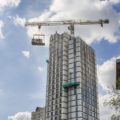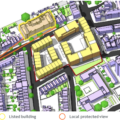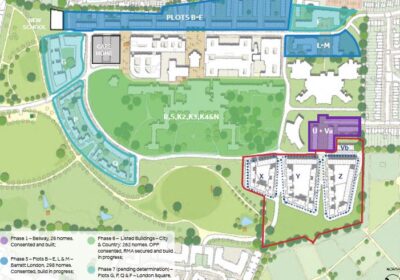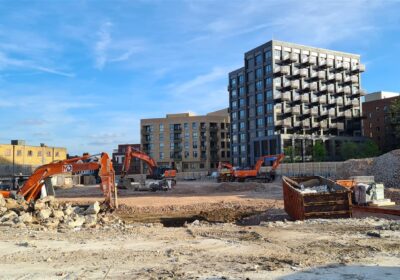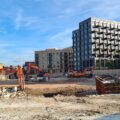One of Micheal Gove’s new years resolutions appears to be getting a few more homes built in London. Just before we all departed on our festive breaks, Govey sounded the klaxon at the Royal Institute of British Architects. In a speech littered with references to London’s Labour mayor there were veiled threats of power defenestration should things stay as they are. Experts have been convened and they are now working on a report with a turnaround by the end of January.
There’s a fair bit of politicking going as you’d expect in an election year. It’s much easier to avoid the pain of real planning reform and point the finger. This was majestically demonstrated by last year’s tepid changes to the National Planning Framework and the LURB. Rather than do something material, the Conservatives were content to offer street votes to the well heeled.
The Government knows very well the system is not functioning. However, given the dullness of the two main party leaders and the third one likely to be sunk by the horrifying horizon scandal, we can expect a low turnout. That means all parties will avoid saying anything too controversial or divisive as the YIMBY crowd sit this one out and focus on what streaming has to offer.
Does the London Plan need a rethink?
To the London Plan itself, it would be unfair to hang all our London housing woes on this one document. However, speaking as a developer it’s fair to say that along with its suite of prescriptive supplementary guidance it has become less of a help these days.
First, the London Plan’s safeguarding of land for employment uses and its ‘no net loss’ approach has succeeded in preventing residential redevelopment where London does have some land capacity still. An expectation of at least 50% affordable housing and co-location of residential with employment without public subsidy is simply not achievable. Few developers are willing to accept late-stage reviews and so the land stays as it is.
Secondly, the London Plan’s fast track approach, where a scheme offers a certain level of affordable housing it gets a faster decision doesn’t work in practice. The multitude of caveats render the policy ineffective and few boroughs appear interested in it.
Thirdly, the London Plan places some of its housing contribution on small sites but has not properly accessed small site capacity in the city. I have long argued for more emphasis here. The Plan forecasts 12,000 homes a year can be achieved but without a proper assessment of what’s out there. The current Policy H2 is not explicit about the need for London boroughs to produce supporting plans to identify a certain number of small sites. We need a small sites policy with teeth and more weight attached to it. There is a reservoir of small sites but the barriers are too great to get them to come forward for new housing.
What will change?
As council led housing development vehicles have discovered over the last few years, there are plenty of challenges to building new homes beyond planning regulations. The pathway to avoiding a major review and material changes lies in slicing and dicing. Mini reviews on the London Plan will not shift the dial although there are certainly changes which can be made. My biggest concern is that by all major parties staying quiet on planning and housing reform, limited consensus will exist in the next Parliament as to what can be done and what needs to be done to get our cities building again.


